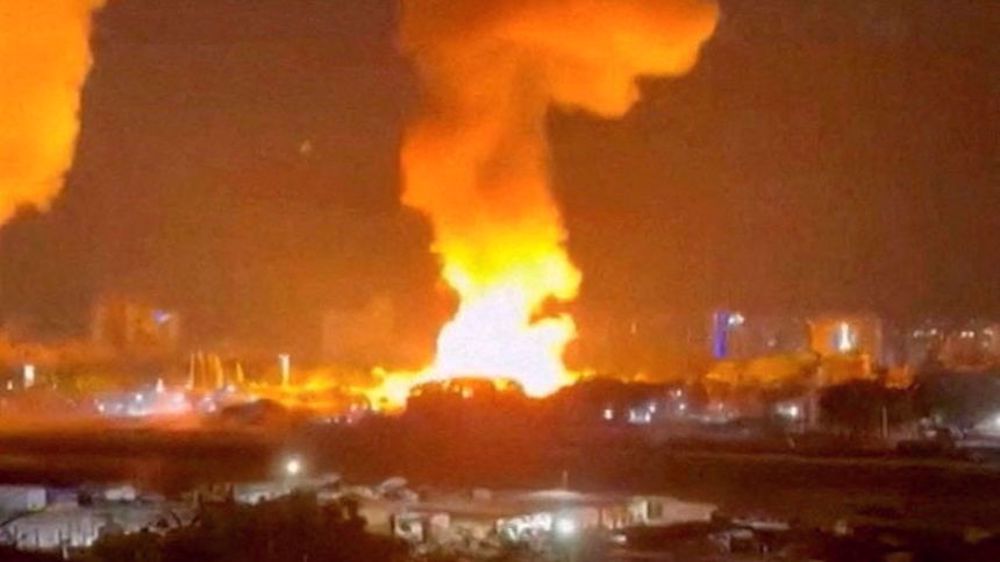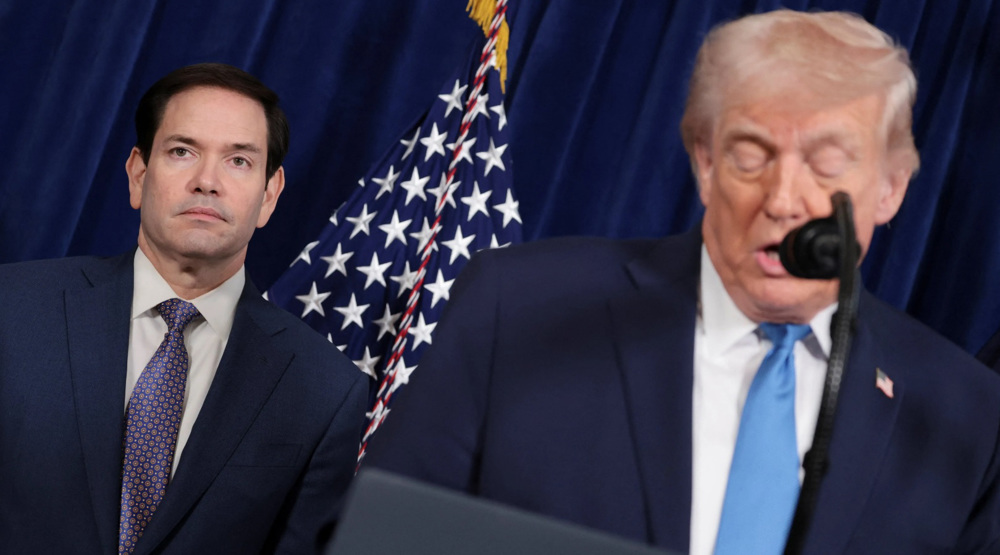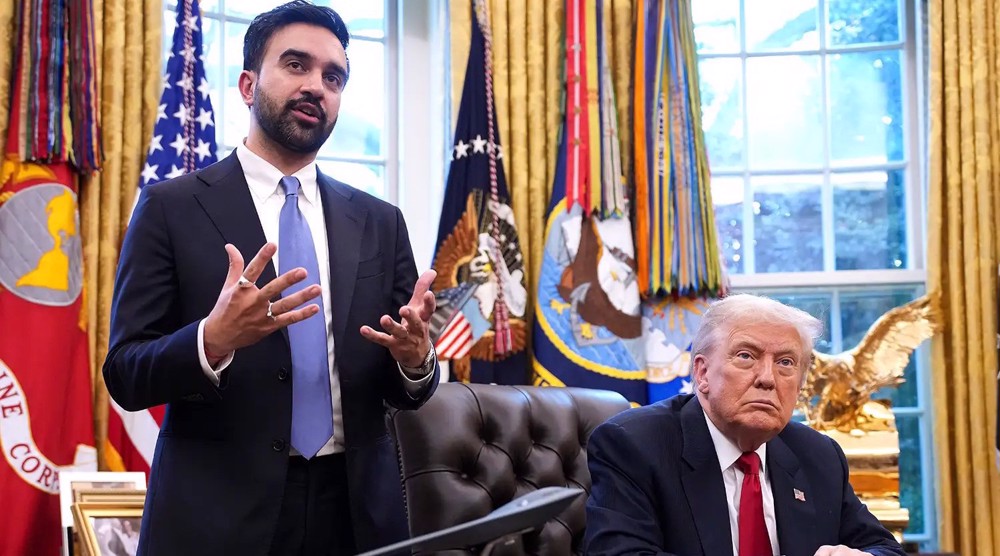US military needs to stay in southern Philippines: Ambassador
The United States wants to continue its presence in the Philippines, says the American envoy to the Southeast Asian country, citing a need to curb militancy in southern parts of the country.
In an interview with ABS-CBN on Tuesday, Ambassador Philip Goldberg said the Daesh (ISIL) terrorist group and several other militant organizations were posing a “very serious” security threat on the southern island of Mindanao.
“We've helped the Philippines as it has reduced the threat over time,” Goldberg said. “But we are concerned obviously about any new intrusion of ISIS (Daesh) or any other group that wants to take advantage of open space in the south of the Philippines. So we want to continue doing that.”
During a visit to China last week, President Duterte announced a "separation from the US,” saying it applied to military and economic cooperation between Washington and Manila.
However, a day later, Duterte walked back slightly from the statement, saying he did not mean total “separation” from Washington. “But,” according to political analysts, “the point had been made.”
Despite the public snub, US Defense Secretary Ashton Carter also insisted on Friday that his country intends to keep its alliance commitments to the Philippines.
President Duterte’s call drew attention to the rotating force of 600 US troops who had been deployed to the southern Philippines between 2002 and 2014. At its peak, the US had 1,200 troops there.
The American forces were reportedly training their Filipino counterparts. However, their number was slashed in 2014, after the US said the militants had “largely devolved into disorganized groups resorting to criminal undertakings.”

Goldberg said on Tuesday that there were only some 100 troops left in the Philippines.
Upon taking office in late June, President Duterte openly called for the troops to leave, doubling down on his will to dilute the Philippines’ 70-year alliance with America.
Back then, Duterte further said that the presence of the US troops in Mindanao could complicate Manila’s operations against the Daesh-linked Abu Sayyaf militant group.
Abu Sayyaf, quite well-known for its kidnappings, beheadings and deadly bombings, was founded in 1991 in Basilan, a southern island, with a pledge to wage a war against the government.
Today, the terror group has lost its many of its commanders and could no longer wage armed struggle.
In his remarks, Goldberg also pointed to al-Qaeda’s Southeast Asian affiliate Jemaah Islamiyah, which is based mainly in Indonesia but has now found its way to Mindanao.
VIDEO | Press TV's news headlines
Hamas: Israel escalating ceasefire violations in Gaza
Venezuela's government declares unwavering unity behind Maduro
VIDEO | Global outcry over Venezuela president abduction
Iran keeps wheat import subsidies despite cutting other food supports
Venezuelan military stands with acting president after US kidnapping of Maduro
VIDEO | Press TV's news headlines
VIDEO | Protesters in Toronto slam US kidnapping of Venezuelan president










 This makes it easy to access the Press TV website
This makes it easy to access the Press TV website